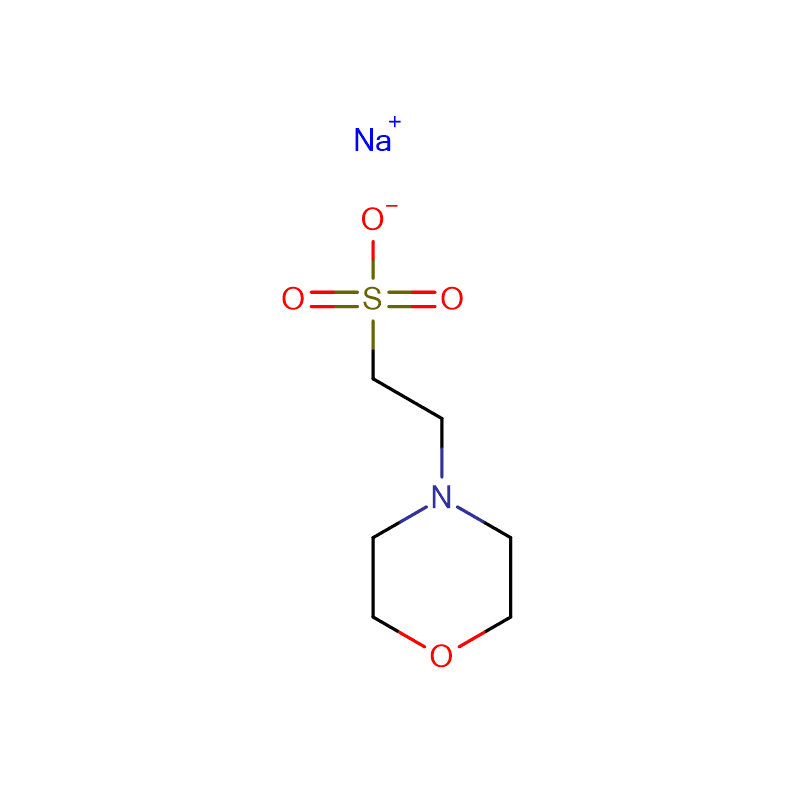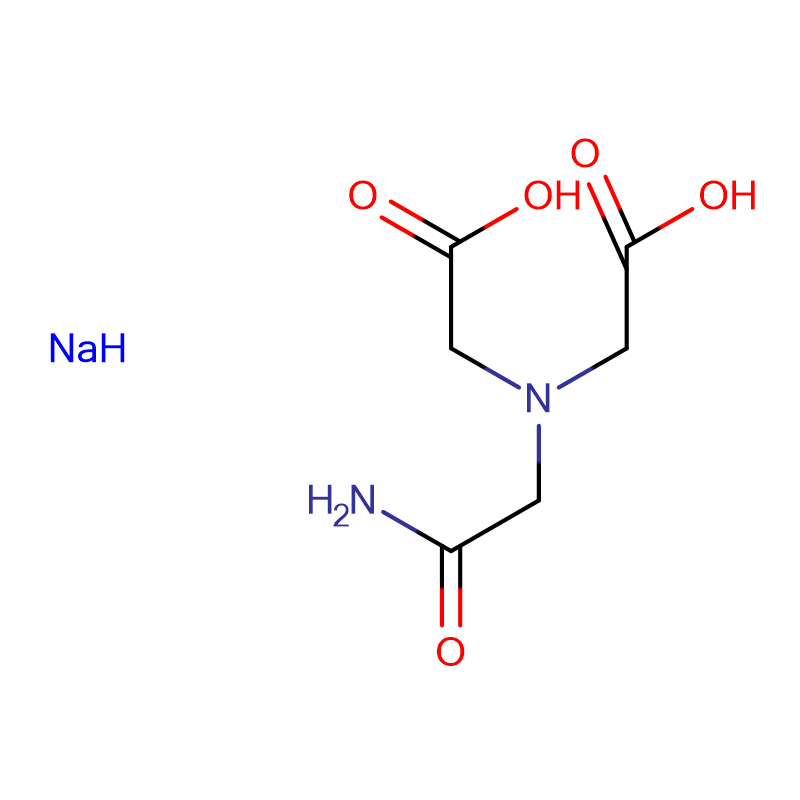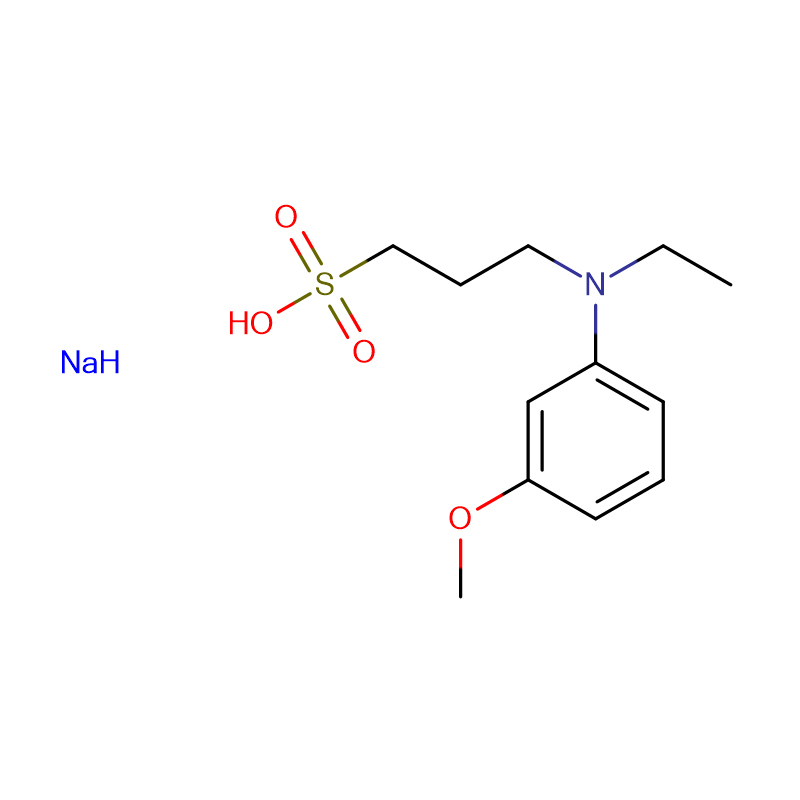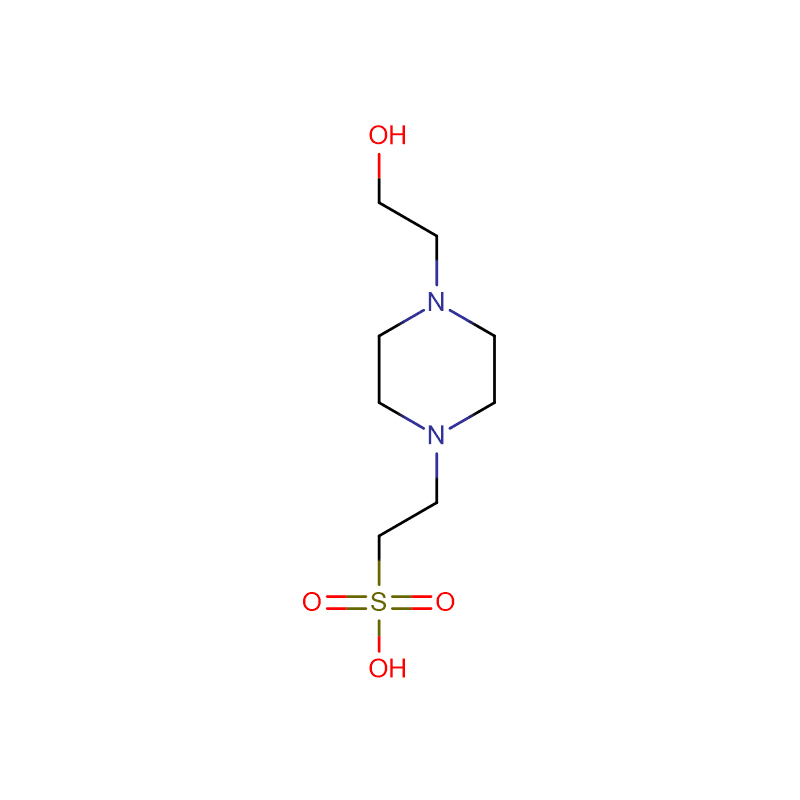Humic acid (HA) is a relatively stable product of organic matter decomposition and thus accumulates in environmental systems. Humic acid might benefit plant growth by chelating unavailable nutrients and buffering pH. We examined the effect of HA on growth and micronutrient uptake in wheat (Triticum aestivum L.) grown hydroponically. Four root-zone treatments were compared: (i) 25 micromoles synthetic chelate N-(4-hydroxyethyl)ethylenediaminetriacetic acid (C10H18N2O7) (HEDTA at 0.25 mM C); (ii) 25 micromoles synthetic chelate with 4-morpholineethanesulfonic acid (C6H13N4S) (MES at 5 mM C) pH buffer; (iii) HA at 1 mM C without synthetic chelate or buffer; and (iv) no synthetic chelate or buffer. Ample inorganic Fe (35 micromoles Fe3+) was supplied in all treatments. There was no statistically significant difference in total biomass or seed yield among treatments, but HA was effective at ameliorating the leaf interveinal chlorosis that occurred during early growth of the nonchelated trea tment. Leaf-tissue Cu and Zn concentrations were lower in the HEDTA treatment relative to no chelate (NC), indicating HEDTA strongly complexed these nutrients, thus reducing their free ion activities and hence, bioavailability. Humic acid did not complex Zn as strongly and chemical equilibrium modeling supported these results. Titration tests indicated that HA was not an effective pH buffer at 1 mM C, and higher levels resulted in HA-Ca and HA-Mg flocculation in the nutrient solution.








